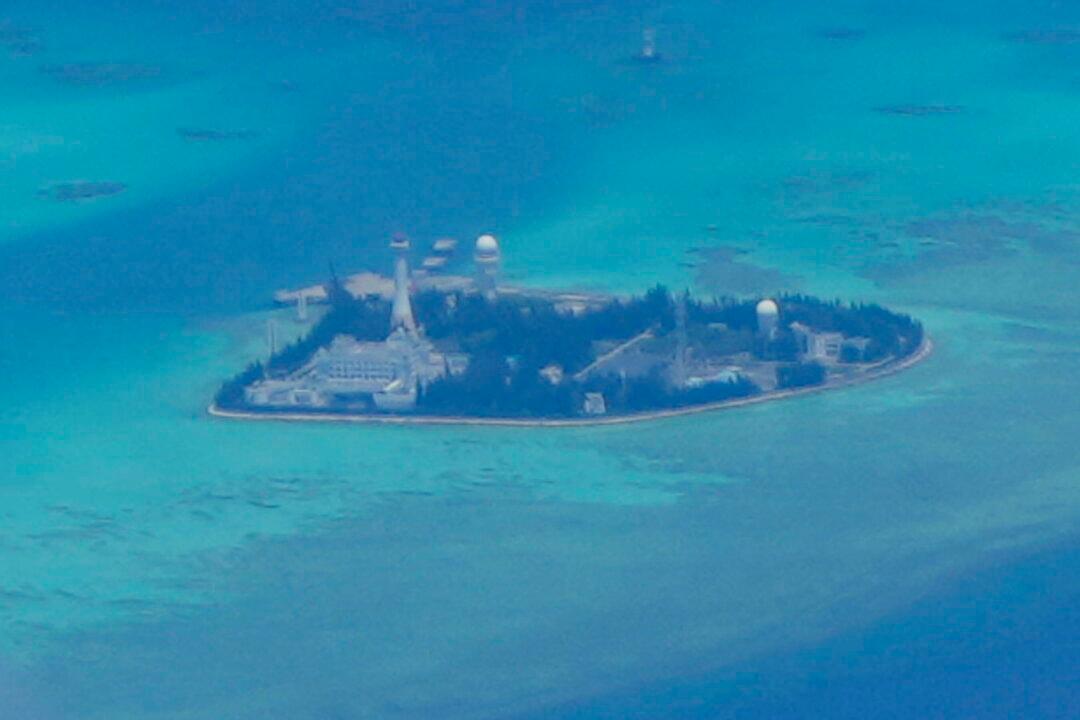Two-thirds of Australia could be at risk from Beijing’s land-based missiles, according to a submission to the national Defence Strategic Review.
The 33-page submission, prepared by former analysts at Defence Department and the U.S.-based Rand Corporation, includes a map showing Australia’s vulnerability to potential strikes from the Chinese Communist Party (CCP), The Daily Telegraph reported.




